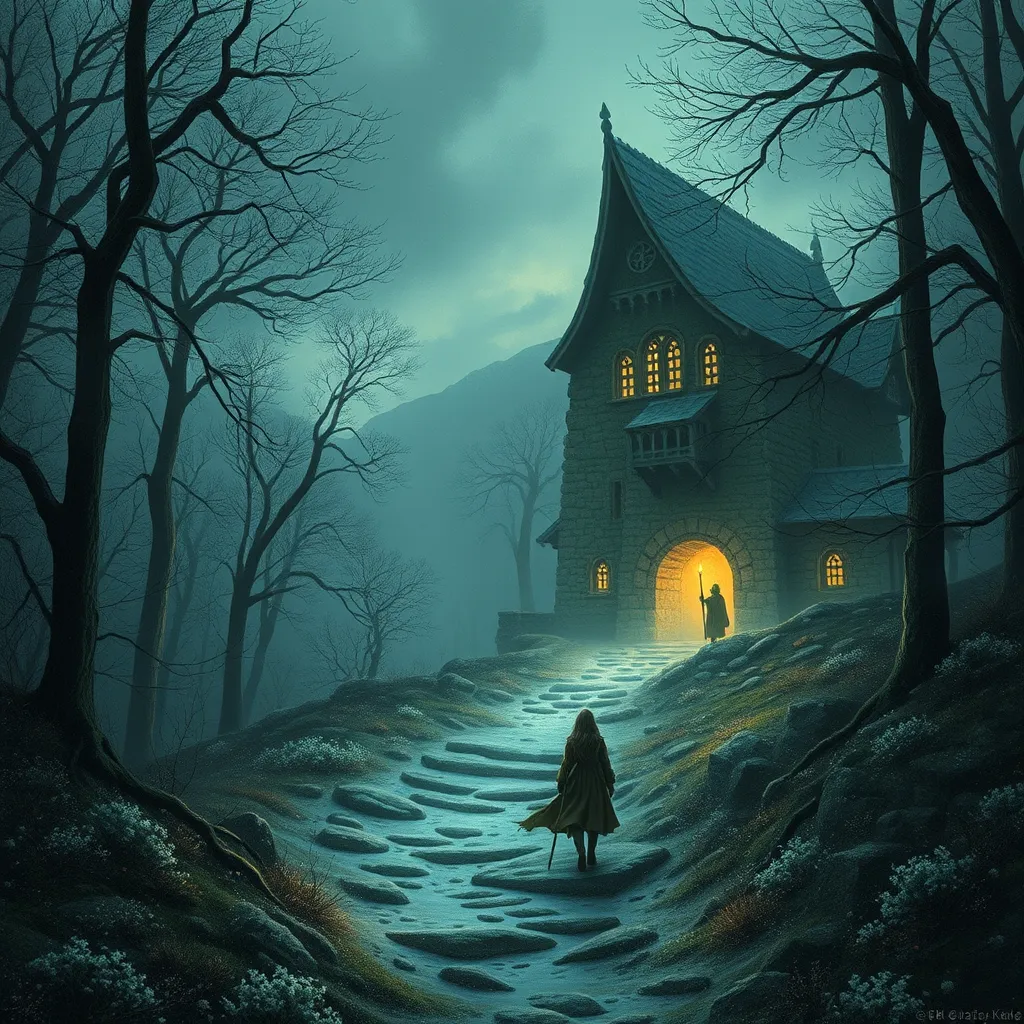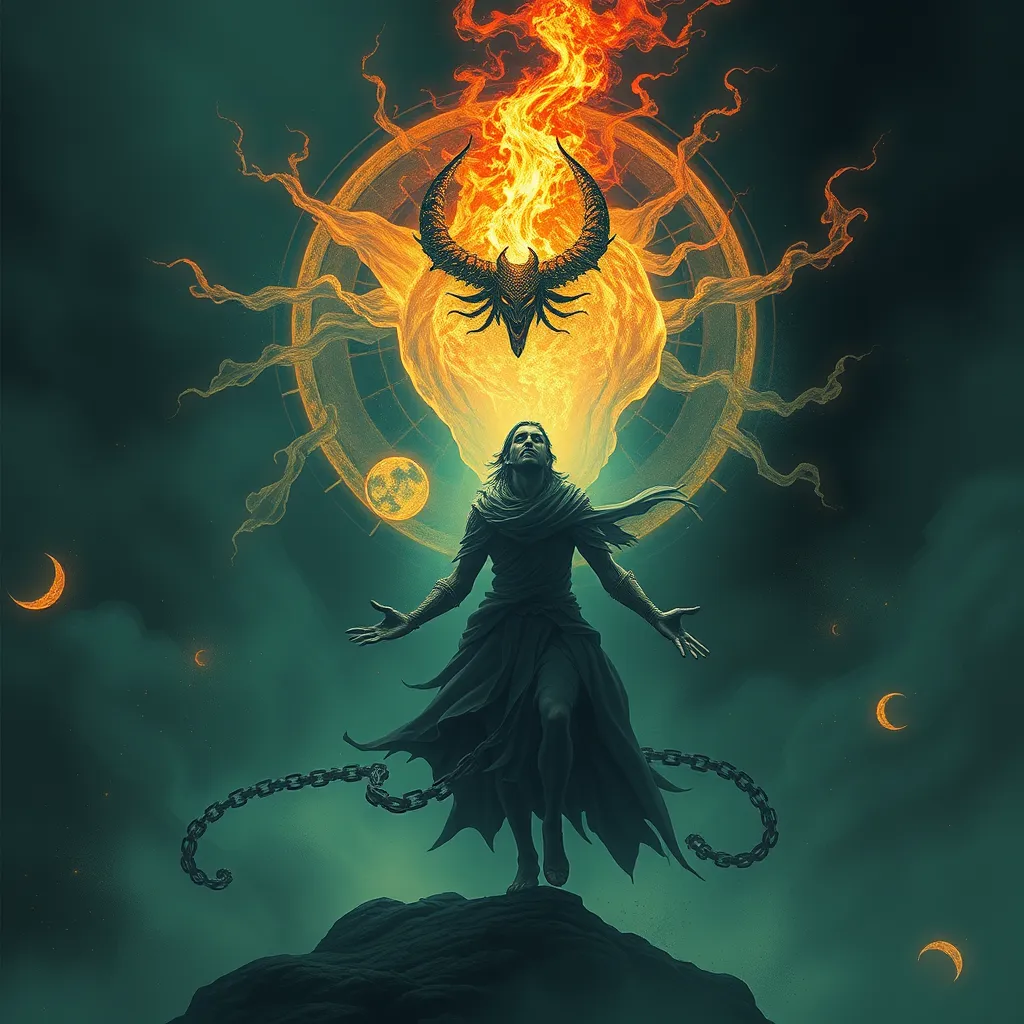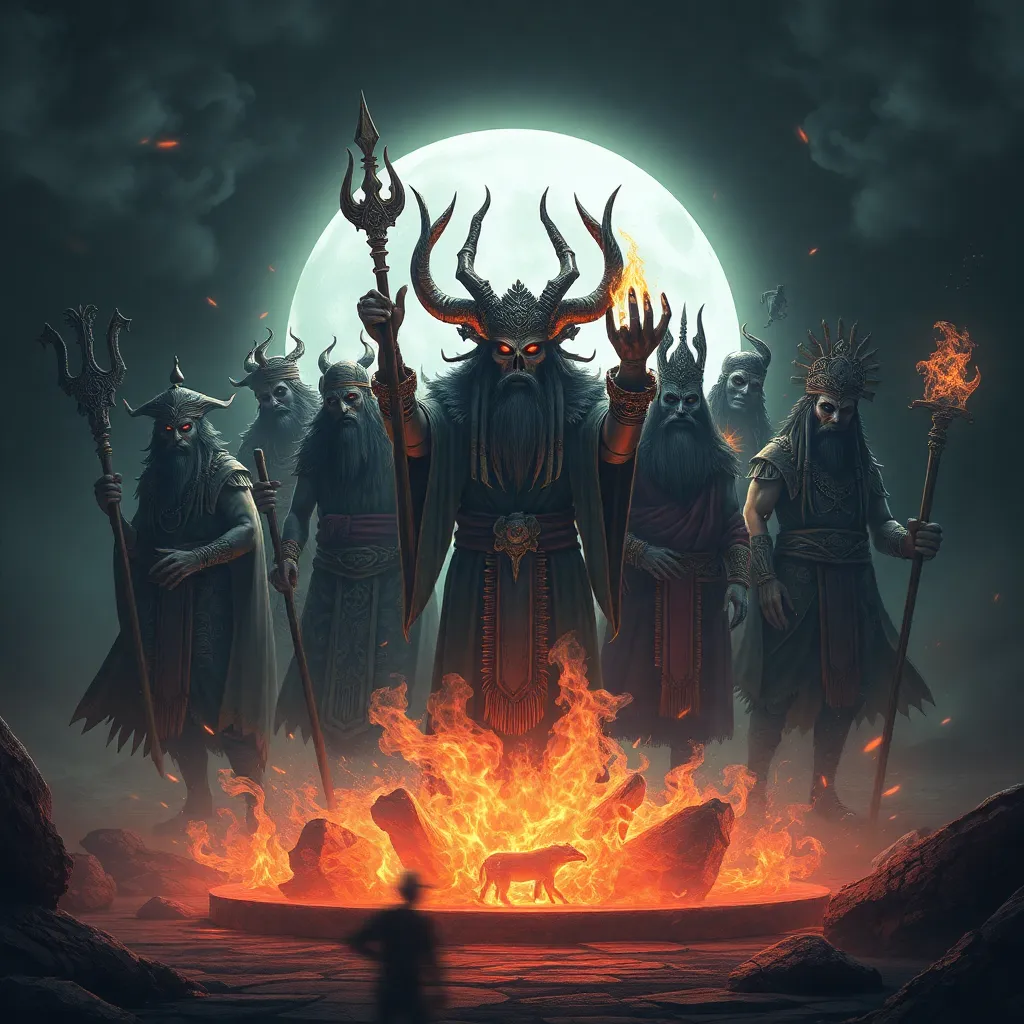The Hidden People of Scandinavia: Exploring Norse and Icelandic Fairy Lore
I. Introduction
Norse and Icelandic mythology is rich with enchanting tales and mystical beings, weaving a tapestry of beliefs that have captivated the imagination for centuries. Among these captivating entities are the “Hidden People,” known as “Huldufólk” in Icelandic culture. These elusive beings are said to dwell in the landscape, often coexisting with humans yet remaining unseen. The lore surrounding these fairy-like creatures holds significant importance in Scandinavian culture, reflecting a deep connection to nature, tradition, and belief systems.
II. Historical Context
The origins of fairy beliefs can be traced back to ancient Norse mythology, where numerous supernatural beings were believed to inhabit the world alongside humans. The Hidden People are often associated with the elves and other mythical creatures, suggesting a rich folklore that predates recorded history.
With the arrival of Christianity in Scandinavia, many pagan traditions began to wane, yet elements of these beliefs were interwoven into the new religious framework. As a result, some of the tales and characteristics of the Hidden People were preserved, albeit transformed through Christian lenses.
Historical texts, such as the Icelandic sagas and folktales, document encounters with the Hidden People, providing insight into how these beliefs influenced daily life and societal norms. Many of these accounts describe encounters that range from benevolent to malevolent, showcasing the dual nature of these mystical beings.
III. Characteristics of the Hidden People
The Hidden People are often described with specific physical traits that set them apart from humans:
- They are typically depicted as beautiful and ethereal beings, often resembling humans but possessing an otherworldly quality.
- Their skin is said to have a glow or shimmer, making them appear more radiant than ordinary people.
- They are commonly portrayed wearing traditional Icelandic clothing, blending seamlessly into the landscape.
In terms of societal structure, the Hidden People are believed to live in well-organized communities, often residing in hills, rocks, or mounds. Their lifestyle mirrors that of humans, with emphasis on family, love, and community ties.
Connecting deeply with nature, the Hidden People are guardians of the land, embodying the spirit of the earth. They are often associated with specific geographical features, and their presence is said to enhance the beauty and serenity of the natural world.
IV. Stories and Legends
Throughout Scandinavian folklore, numerous tales recount encounters with the Hidden People, showcasing their mysterious nature:
- The Tale of the Farmer and the Hidden People: This story tells of a farmer who stumbled upon a gathering of Hidden People. After witnessing their joyous celebration, he was invited to join but was warned not to partake in their food, lest he be trapped in their realm forever.
- The Lost Child: A tale about a human child who wandered off and was taken in by the Hidden People, only to return years later, unchanged but with no memory of their time away.
Regional variations of these stories abound across Scandinavia, each community adding its own unique elements and lessons. Notable figures in fairy lore include Álfar, the elves of Norse mythology, and various local spirits that embody the characteristics of the Hidden People.
V. The Role of the Hidden People in Culture
The Hidden People have left an indelible mark on Scandinavian art and literature. Their influence can be seen in:
- Artworks that depict enchanting landscapes infused with mythical beings.
- Literary works that explore themes of nature, magic, and the unknown, often drawing on fairy lore for inspiration.
Additionally, local customs and traditions often reflect the belief in the Hidden People. For instance, many Icelanders take care to respect the natural environment, believing that disturbing certain areas could anger these hidden beings.
In contemporary Icelandic society, the belief in the Hidden People remains relevant. Many Icelanders still regard them with respect, and folklore is woven into national identity and cultural pride.
VI. The Hidden People in Modern Times
Today, beliefs and practices surrounding the Hidden People continue to thrive. Many Icelanders engage in:
- Rituals that honor the Hidden People, such as leaving offerings of food or flowers in nature.
- Participation in folklore festivals that celebrate the rich tapestry of fairy lore.
Tourism has also played a role in the resurgence of interest in Hidden People mythology, with tours and experiences designed to educate visitors about Icelandic fairy lore. Additionally, many modern spiritual practices integrate elements of fairy lore, emphasizing a connection to nature and the unseen world.
VII. Comparing Nordic Fairy Lore with Other Cultures
When examining fairy beliefs worldwide, several similarities arise, particularly with:
- The concept of benevolent and malevolent spirits, commonly found in Celtic and Slavic folklore.
- Myths surrounding hidden realms or parallel worlds inhabited by supernatural beings.
However, Scandinavian fairy lore retains unique aspects, such as the specific characteristics and cultural significance of the Hidden People. The global influence of Norse mythology can be seen in various modern media, from literature to films, promoting a broader understanding and appreciation of these enchanting tales.
VIII. Conclusion
In summary, the Hidden People of Scandinavia embody a rich and vibrant aspect of Norse and Icelandic folklore. Their stories reflect the deep connection between humans and nature, as well as the enduring legacy of ancient beliefs. The Hidden People continue to inspire art, literature, and cultural practices, encouraging a sense of wonder and respect for the world around us. As we delve deeper into Scandinavian folklore, we uncover the timeless magic that these mystical beings represent, inviting us to explore the realms of imagination and belief that transcend generations.



